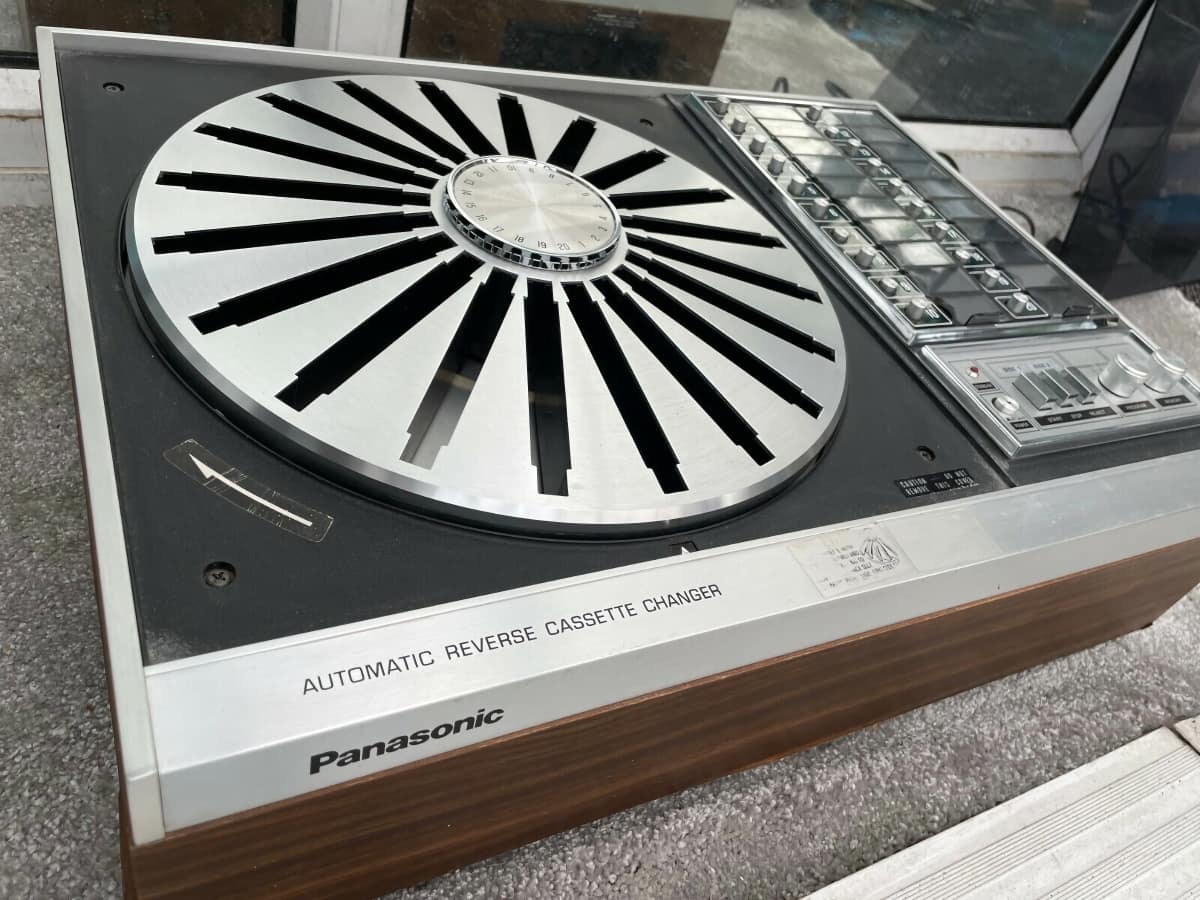
The fact that several aspects of the Sony WM-W800 need careful explaining to younger generations highlights just what a dead-end it was.
One of the stranger things that has happened in recent times, at least as far as we’re concerned, is the cassette tape revival. Vinyl, we can understand; it’s tangible, it looks good, and it sounds nice. But the humble C60 or C90 cassette tape? Teenage years of creating mix tapes and finding the perfect 02:54 long track to fit at the end of a side*, not to mention untangling the ruddy things when the tape jammed, have rather put us off the whole concept.
Plenty of people feel otherwise, though. As this Cassette tapes make unexpected comeback in era of music streaming PBS News Hour feature from June details, US tape sales increased by more than 440% between 2015 and 2022. And, in the past few years, such avowedly mainstream artists as Harry Styles, Billie Eilish, and Taylor Swift have all released material on the format.
This brings us to the Sony WM-W800 Walkman - a 1985 curio that represented the peak (or nadir, depending on your point of view) of the whole concept of music sharing for almost fifteen years before Napster, the iPod, and mp3s took up residence in the global consciousness.
It was essentially two of Sony’s far more successful WM-10 units mashed together, with a few extra quirks. As Walkman Central details, the recording deck required an erase head, and this was accommodated by making the record/playback head half the normal length and mounting a small permanent magnet in the space ahead of it. This magnet would then hinge down during recording mode.
The playback deck (A) was fully featured and included Dolby B noise reduction. Deck B, which could play back as well as record, was more basic, could use only ferric tape and had no Dolby. Sony got around this because it was possible to copy a Dolby encoded tape and still get good results in subsequent Dolby B playbacks, providing that the heads were well-adjusted and that the tape suited the recorder. This may seem a cheapskate scheme, but it was used successfully even in larger Sony dual tape decks and music centres.
Which is one of the crazy things about this period of history. On the one hand, you had the whole ‘Home taping is killing music’ campaign; on the other you had the world’s hi-fi manufacturers happily churning out machines at all price points that enabled you to do just that.
They didn't make many like this again, though. In fact, Sony never made one again. Reportedly the WM-W800 made fairly decent tape copies given its size, but it was expensive compared to the normal Walkman range, and it didn't sell well.
Besides, it wasn't the maddest thing at the time either. Have a look at what Panasonic was up to in the home stereo space in the 1970s in the shape of the wonderfully archaic RS-296 20 Cassette Changer. Yours for a mere $3600 on eBay and heading for obsolescence almost as soon as it was off the drawing board.

*Closer to the Heart by Rush was always good for a sub-three-minute filler from a record collection that tended to the longer and proggier. Cracking tune as well.
Tags: Audio


Comments